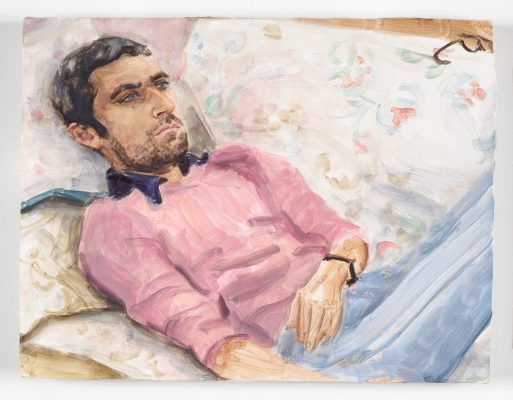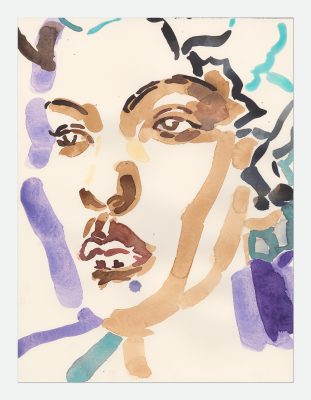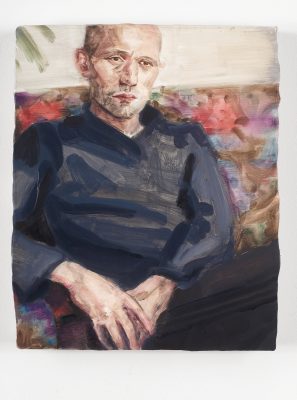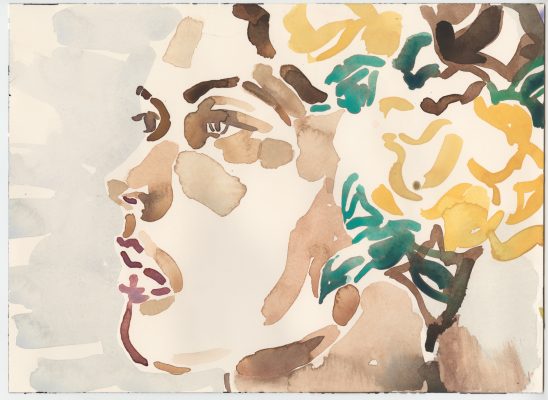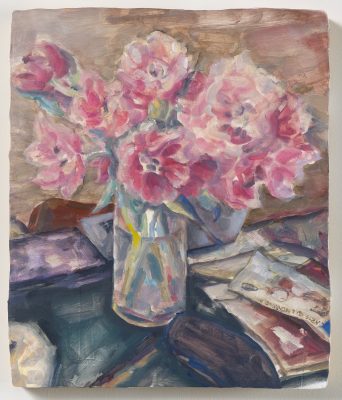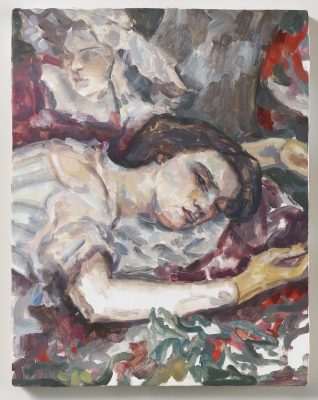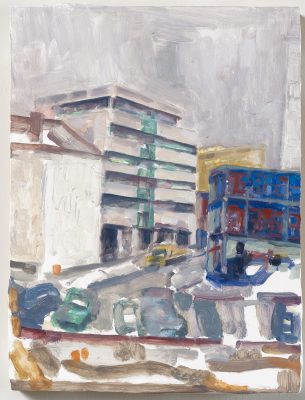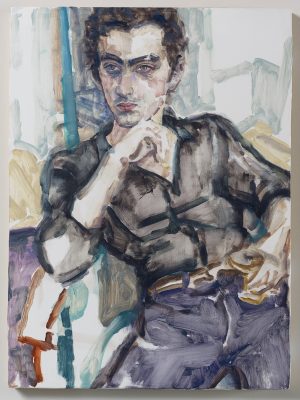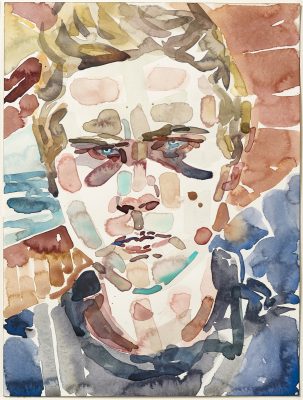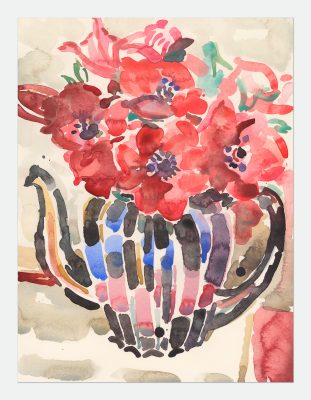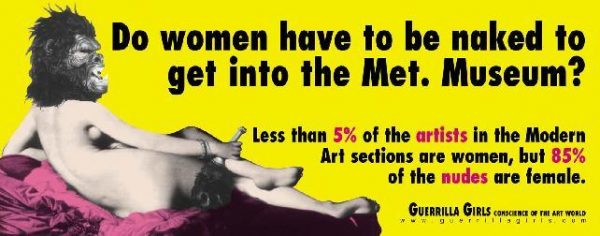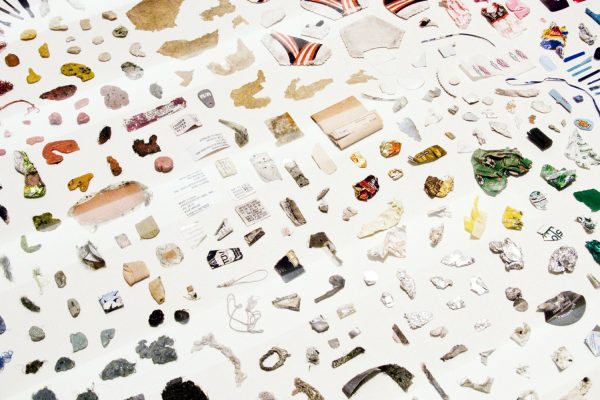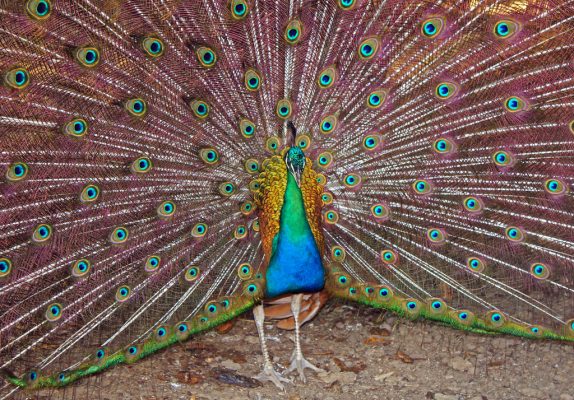This interview with Elizabeth Peyton, one of the most celebrated painters of recent times, was conducted by Nicholas Cullinan, Director of London’s National Portrait Gallery. The two met in 2014 when Cullinan was planning his current exhibition at The Metropolitan Museum of Art, Unfinished: Thoughts Left Visible, which included works by Peyton. The art historian first sat for the artist (at her invitation) the same year. If further reasons for inviting the two to talk were needed, we would point to the breadth of their shared interests beyond portraiture: as a curator at The Metropolitan Museum of Art in New York and Tate Modern in London, Cullinan worked on exhibitions by such diverse artists as Tacita Dean, Henri Matisse, Kazimir Malevich, Cy Twombly and Amie Siegel; Peyton’s recent exhibition at Sadie Coles HQ, London, featured still lifes, landscapes, portraits and homages to canonical painting alongside linocuts.
The pairing also seems appropriate to Peyton’s practice, which combines exceptional technical ability with a sensibility predicated on a sincere emotional connection to her subjects. Her recent work has foregrounded the artist’s deep engagement with the history of painting, with inspiration from (and allusions to) Manet, Sargent and Moreau, and seen her practice expand to include pastels and a variety of printing techniques. Her portraits, which have included artists, musicians, and literary, historical and cultural figures, among others, negotiate a delicate line between fidelity to life and self-expression.
